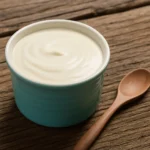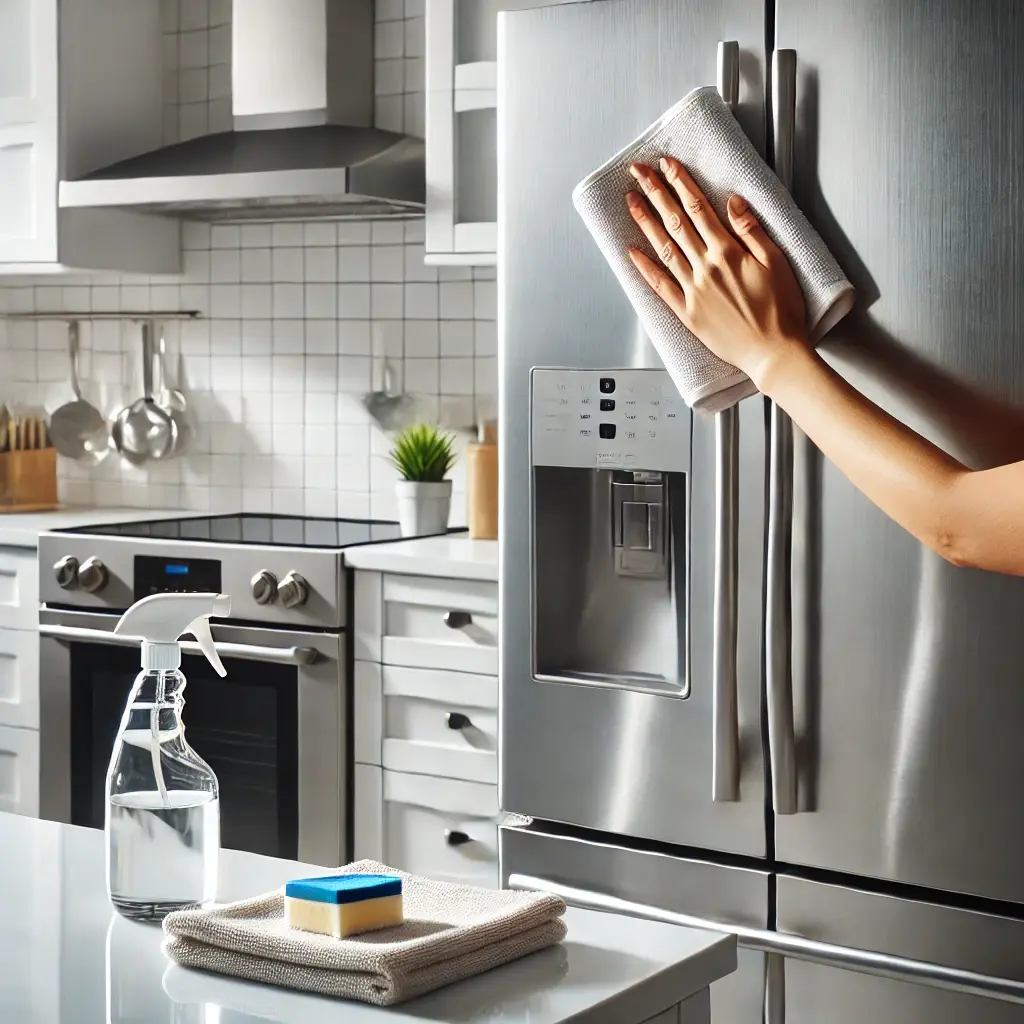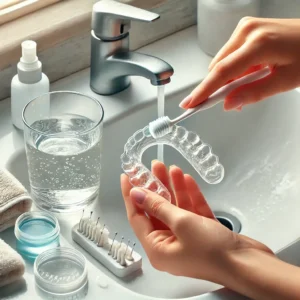Stainless steel is a popular material found in many Australian homes, from kitchen appliances to bathroom fixtures. Known for its durability and sleek appearance, it adds a modern touch to any space. However, keeping it clean and free from smudges, fingerprints, and stains can be tricky. If you’re wondering how to clean stainless steel effectively, this article for you. In this article we will provide you the best methods to ensure your surfaces stay shiny and pristine. Let’s get started!
Understanding stainless steel
Before beginning the cleaning process, it’s important to understand what stainless steel is and why it requires special treatment. Only two of the numerous metals utilised in stainless steel, an alloy are iron and chromium. Stainless steel’s chromium component adds corrosion resistance by forming a protective coating against discolouration and rust. However, using harsh chemicals or abrasive cleaning methods can damage this layer, so choosing the right cleaning technique is essential.
Common issues with stainless steel surfaces
Though stainless steel is renowned for its resistance to corrosion and discolouration, natural wear and tear are inevitable. Common problems include:
- Fingerprints: One of the most often cited difficulties is fingerprints, which are clearly seen on surfaces made of stainless steel.
- Smudges and streaks: Using the wrong cloth or cleaning agent combined with inappropriate chemicals could result in streaks and stains.
- Water spots: Hard water can discolour stainless steel especially from sinks and dishwashers.
- Rust stains: Though unusual, rust stains could show up if the chromium’s protective layer weakened.
How to clean stainless steel
Supplies
Before you begin, check whether you have these:
- Microfibre cloths
- Mild dish soap
- White vinegar
- Olive oil or mineral oil
- Baking soda (for tougher stains)
- Soft sponge or brush
- Spray bottle
- Clean water
Identify the grain
Stainless steel, like wood, has a grain. The direction of the grain of the steel is decided upon during manufacturing. Results are optimal when cleaning with the grain; it also preserves the surface.
Start with a gentle clean
For daily washing, mild dish soap and warm water perform pretty nicely. Simply wet a microfiber cloth in soapy water and wipe in the direction of the grain.
How to do it:
- Fill a bowl with warm water and add a small amount of dish soap.
- After soaking the towel in soapy water, squeeze out any extra moisture, then run a grain-based cleanser across the surface.
- Rinse the cloth with fresh water and wipe again to remove any soap residue.
- Dry the area immediately with a clean microfiber cloth to prevent water marks.
Tackle tougher stains with vinegar
White vinegar is an excellent natural cleanser for white tiny spots, smudges, fingerprints, and other blems. It transfers trash and grease without rusting the stainless steel.
How to do it:
- Mix equal parts white vinegar and water in a spray bottle.
- Directly spray the solution straight on the stainless steel surface.
- Wipe in a grained pattern using a microfiber towel.
- Dry the surface with a clean cloth to achieve a streak-free finish.
Polish with oil for a shiny finish
To restore the shine of your stainless steel, polish it with a small amount of olive or mineral oil, which also creates a protective layer.
How to do it:
- Put a few drops of oil on a microfiber cloth.
- Rub the oil onto the stainless steel, following the grain.
- Use a clean cloth to wipe away any excess oil, leaving a glossy finish.
Use baking soda for stubborn stains
One quick and safe approach to eliminate difficult stains including rust marks is baking soda.
How to do it:
- Create a paste; combine water and baking powder.
- Apply paste using a soft brush or sponge over the stained area.
- Go with the grain of the stainless steel as you gently eliminate the discolouration.
- Clean the area with fresh water; then, wipe it dry.
Tips for maintaining stainless steel
- Regular cleaning: Usually, wiping your stainless steel surfaces helps to keep filth and dirt off of them. This helps one to control the frequency of deep cleaning.
- Avoid harsh chemicals: Steer away from abrasive cleaners, bleach, and anything including chlorine since these could compromise the protective layer of your stainless steel.
- Use soft cloths: Always use non-abrasive cloths to avoid scratching the surface.
- Dry immediately: After cleaning, dry the surface with a clean cloth to prevent water spots and streaks.
FAQs
Can I use window cleaner on stainless steel?
Although some people use window cleaner to remove streaks from stainless steel, it is not recommended because it may contain harsh chemicals that deteriorate the quality. Instead, consider using vinegar, light dish soap, or specialised stainless steel cleaners.
What should I do if I scratch my stainless steel?
If you run a mild abrasive like baking soda or a stainless steel scratch remover, any blemishes on your surface could be less obvious. Start far away and always go with the grain.
How often should I clean my stainless steel appliances?
Regular or as needed cleaning of your stainless steel appliances can allow them to stay working as intended and looking fantastic. Polish once a month using oil to retain gloss and protection.
Conclusion
Although first cleaning stainless steel seems to be a challenging task, it is actually rather simple with the right equipment and techniques. These rules can help you keep flawless form on your stainless steel surfaces free of streaks, stains, and smudges. To get the best results, always clean with the grain; use mild cleaners; and polish frequently. These tips can help you keep your stainless steel appliances and fittings looking great and extending their lifetime whether you live in Sydney, Melbourne or another area of Australia. First-rate content cleansing






